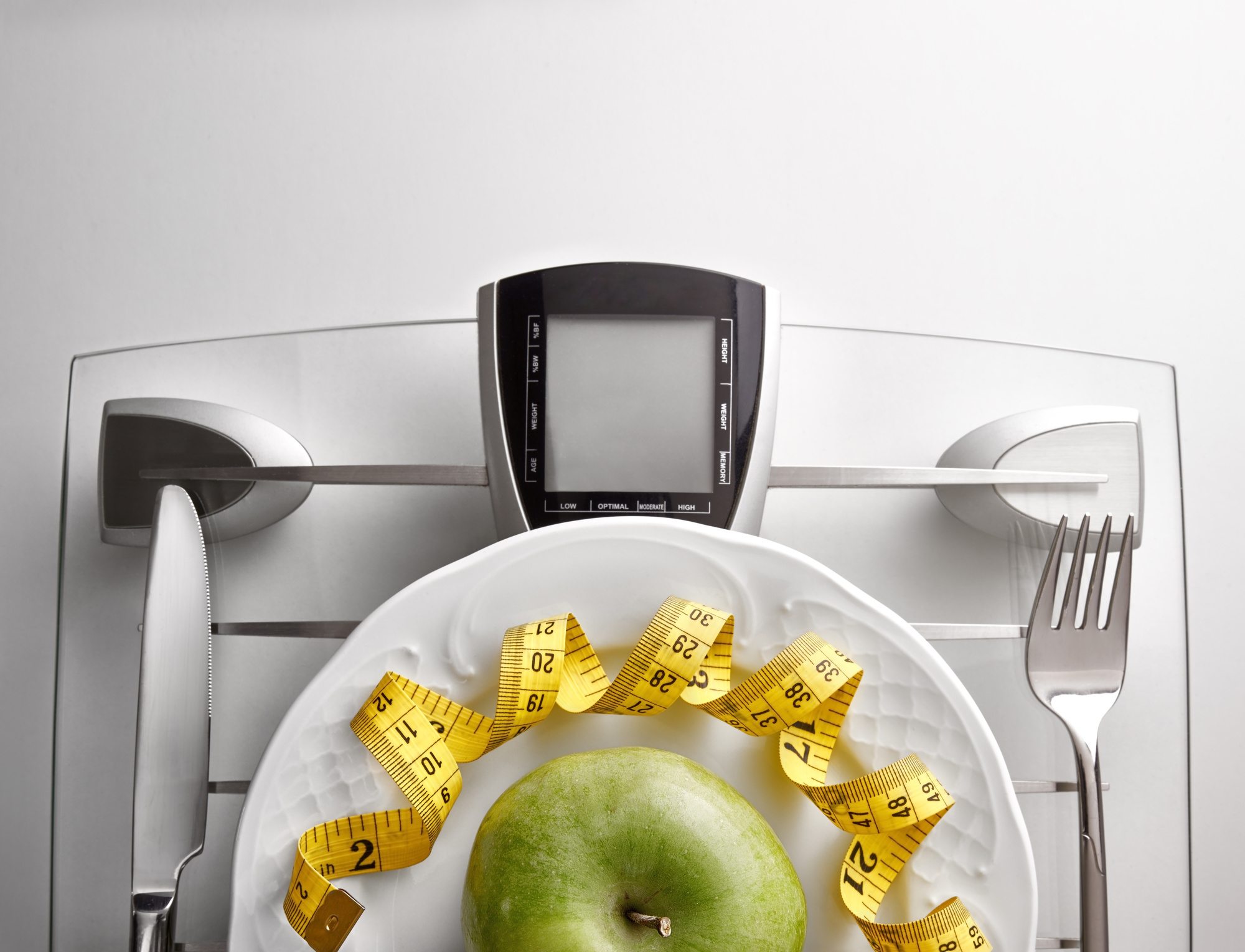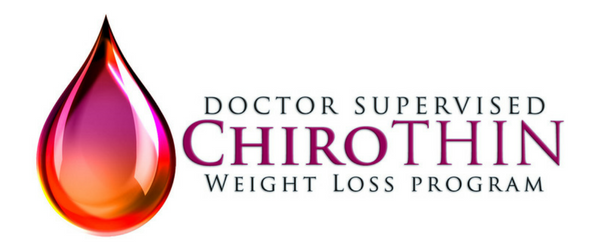
https://www.chirothinweightloss.com/doctors/A healthy diet and exercise plan is the key to successful weight loss. It’s also important for an overall healthy lifestyle. This looks different for everyone so finding the right balance for you is a good way to get started.
When you balance your eating and exercise, you will maintain your weight. However, if you’re wondering how to lose weight, you will need to burn more calories than you consume.
Additionally, the right foods will fuel your everyday activities and your workout program. It can be overwhelming to put together a plan, but you can work with a personal trainer or dietitian if you need help.
And, of course, you should never start a new fitness program or eating plan without first consulting your doctor. This is especially important if you are taking any medications or have any health conditions.
Ready to get started? Keep reading for the eating and exercise tips that can help you reach your goals.
Counting Calories
When you’re wondering how to diet and exercise properly, the food you eat is of the utmost importance. If you’re trying to lose weight, calories in must be lower than calories out.
While counting calories isn’t something you need to be strict about all the time, it’s a good idea at the beginning of your program. This offers you a look at your current routine so you can make healthy changes.
Counting calories for a week or so will let you see what times of day you tend to reach for high-calorie foods. It also gives you insight into what foods you can stop eating to control calorie intake.
Nutrition for Exercise
The foods you eat should contain the nutrients your body needs to stay healthy and physically active. For most people, this includes a variety of fruits, vegetables, lean protein, whole grains, and low-fat dairy.
By following these healthy eating guidelines, you can satisfy your hunger and your vitamin and mineral needs. At the same time, this style of eating helps you control calories so you can also lose weight if that’s your goal.
Certain nutrients are also important for finding the right balance between diet and exercise. To adequately fuel your activity, you need to pay attention to carbohydrates and protein.
Carbohydrates are your body’s main source of fuel. The trick is choosing the quality kind. The right carbs come from whole grains, beans, fruits, and vegetables. These are called complex carbohydrates.
Stay away from simple carbohydrates, which come from foods like baked goods, soft drinks, and other processed items. These carbs will give a dose of energy, but are often very high in sugar, fat, and calories.
Protein is also an important nutrient for supporting a healthy workout routine. This nutrient builds and repairs muscles and offers energy for exercise. The average person needs about 0.36 grams of protein per pound of body weight.
The best sources of healthy protein are lean meats, fish, low-fat dairy foods, beans, and eggs. These foods provide the protein you need but are also low in fat and calories to support a healthy eating program.
Your body also needs healthy fats to support a good workout routine. It offers additional energy, especially for cardio exercise. Good sources include olive oil, avocados, nuts, and seeds.
Getting Enough Exercise
If you’re wondering how much exercise do I need, you’re in the right place. While your ideal exercise program may look different than someone else’s, the amount you need is similar.
Healthy adults should be getting at least 150 minutes of moderate-intensity exercise each week. This should be divided among the days. Aim to get at least 30 minutes, most days of the week.
Cardio is anything that gets your heart rate going. This could be walking, jogging, dancing, swimming, or using the machines at the gym. Incorporate intervals for even more fat burning.
You should also do at least two strength-training sessions each week, focusing on each major muscle group. This might be using free weights or a kettlebell. It could also be using resistance bands or the machines at your gym.
Make sure you stretch with each exercise session, which helps build flexibility. It’s also important to include core-specific exercises, which support good balance for other activities.
A good workout routine also includes balance moves. This is especially important as you age since balance tends to deteriorate with time.
The answer to how much exercise do I need may change for you if you have health conditions. If you’re new to exercise, you may need to start slow and build your routine as you gain strength and endurance.
Finding the Right Diet and Exercise Balance
This is a lot of information to take in and may be a bit overwhelming. It doesn’t have to be something that rules your life. You can start with one or two changes and build on them as you work toward your goals.
Speaking of goals, the best way to get started finding your unique balance is to decide what you’re working toward. Do you want to lose weight? Do you have a health condition? Do you simply want to start taking better care of yourself?
Specific goals will be the easiest to design a balanced program around. Instead of saying you want to lose weight, specify how much you want to lose. Instead of saying you want to get healthy, say you want to eat more fruits and vegetables.
These specific goals make it easier to plan your new routine. Once you have your routine outlined, it’s simpler to stick with it if you have specific action steps you can take.
What’s Next?
Now that you know that the right balance of diet and exercise is specific to the individual, you’re ready to create a plan that helps you reach your health and fitness goals.
Are you ready to get started on a path to a healthier you? Click here to find a ChiroThin doctor in your area.
